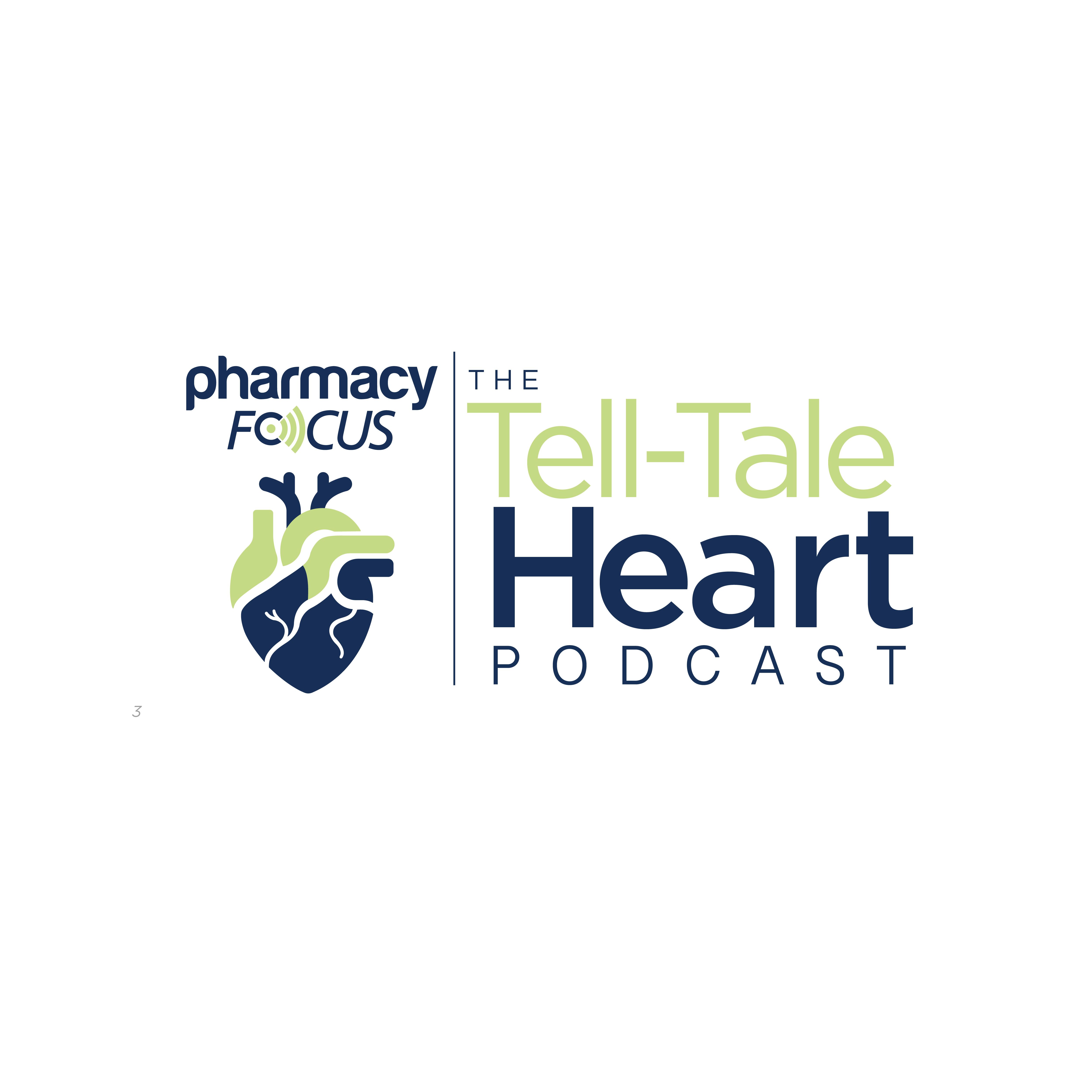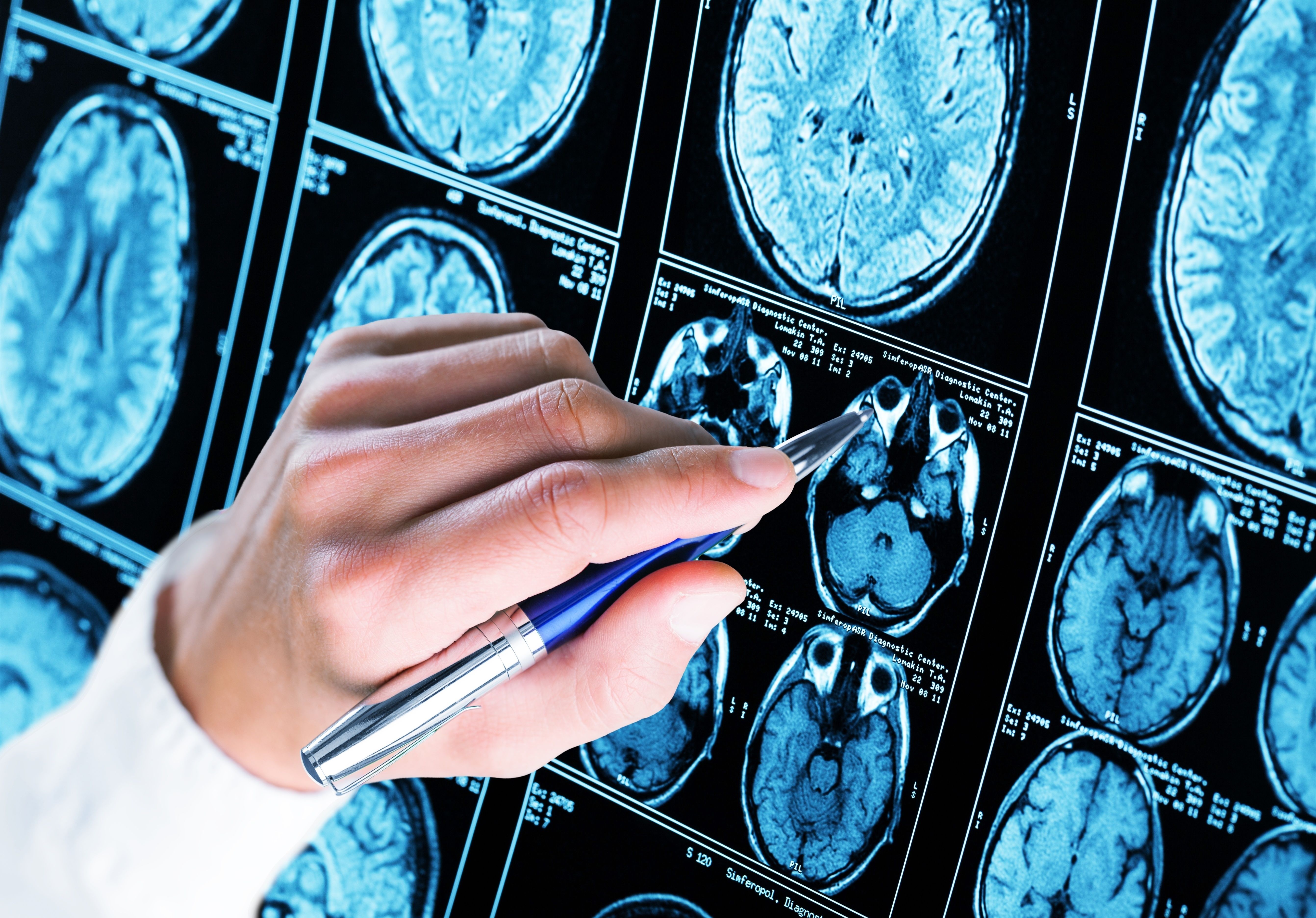News
Article
Study Finds ADHD Stimulants Have Minimal Effect on Cardiovascular System
Author(s):
Key Takeaways
- ADHD medications show a favorable risk-benefit ratio, with benefits outweighing cardiovascular risks, despite small increases in blood pressure and pulse.
- A systematic review of 102 trials assessed ADHD medications' impact on hemodynamic values and ECG parameters in children, adolescents, and adults.
Small changes in blood pressure and pulse were shown in patients of all ages, and the authors suggested that these are monitored carefully in patients being treated for ADHD.
The benefits of attention deficit hyperactivity disorder (ADHD) medications outweigh any potential cardiovascular-related risks or adverse effects (AEs), according to data published in The Lancet Psychiatry. Despite these findings, the authors suggest that health care professionals continue to monitor the blood pressure and pulse of patients with ADHD who are being treated with pharmacological intervention and not stimulants alone.1
Image credit: interstid | stock.adobe.com

As ADHD is more frequently diagnosed, concerns have been raised about the cardiovascular safety of medications used for treatment. For this reason, the investigators aimed to compare the effects of ADHD pharmacological treatments on hemodynamic values and electrocardiogram (ECG) parameters in children, adolescents, and adults with ADHD. This systematic review and network meta-analysis included 102 randomized controlled trials collected from 12 electronic databases, including Embase, PubMed, and the WHO International Clinical Trials Registry Platform.1
These trials compared amphetamines, atomoxetine, bupropion, clonidine, guanfacine, lisdexamfetamine, methylphenidate, modafinil, or viloxazine against each other or placebo, with primary outcomes including change in systolic blood pressure (SBP) and diastolic blood pressure (DBP; measured in mmHg), as well as pulse (measured in beats per minute), at timepoints closest to 12 weeks, 26 weeks, and 52 weeks. The included trials had short-term follow-up data (median: 7 weeks [IQR 5–9]) and enrolled 13,315 children and adolescents aged at least 5 years and younger than 18 (mean age: 11 years) and 9387 adults aged 18 years and older (mean age: 35 years). Additionally, most of the patients were male (n = 9635; 73%) and White (n = 8303; 71%).1
Amphetamines, atomoxetine, lisdexamfetamine, methylphenidate, and viloxazine led to increments in hemodynamic values in children and adolescents, adults, or both, according to the investigators. Specifically, in children and adolescents, mean increases against placebo ranged from 1.07 (95% CI 0.36–1.79) with atomoxetine to 1.81 (95% CI 1.05–2.57) with methylphenidate for SBP; from 1.93 (95% CI 0.74–3.11) with amphetamines to 2.42 (95% CI 1.69–3.15) with methylphenidate for DBP; and from 2.79 (95% CI 1.05–4.53) with viloxazine to 5.58 (95% CI 4.67–6.49) with atomoxetine for pulse.1
In adults, mean increases against placebo ranged from 1.66 (95% CI 0.38–2.93) with methylphenidate to 2.3 (95% CI 0.66–3.94) with amphetamines for SBP; from 1.60 (95% CI 0.29–2.91; very low) with methylphenidate to 3.07 (95% CI 0.69–5.45) with lisdexamfetamine for DBP; and from 4.37 (95% CI 3.16–5.59; very low) with methylphenidate to 5.8 (95% CI 2.3–9.3) with viloxazine for pulse.1
“When it comes to taking any medication, risks and benefits should always be assessed together. We found an overall small increase in blood pressure and pulse for the majority of children taking ADHD medications. Other studies show clear benefits in terms of reductions in mortality risk and improvement in academic functions, as well as a small increased risk of hypertension, but not other cardiovascular diseases. Overall, the risk-benefit ratio is reassuring for people taking ADHD medications,” senior lead author Samuele Cortese, MD, PhD, professor, University of Southampton, said in a news release.2
Amphetamines, lisdexamfetamine, or methylphenidate were not associated with larger increments in hemodynamic values compared with atomoxetine or viloxazine in either children and adolescents or adults. Additionally, guanfacine was associated with decrements in hemodynamic values in children and adolescents, with mean decreases against placebo of about –2.83 (95% CI –3.8 to –1.85) in SBP, –2.08 (95% CI –3 to –1.17) in DBP, and –4.06 (95% CI –5.45 –2.68) in pulse. In adults, these mean decreases were about –10.1 (95% CI –13.76 to –6.44), –7.73 (95% CI –11.88 to –3.58), and –6.83 (95% CI –10.85 to –2.81) in SBP, DBP, and pulse, respectively.1
The authors noted that these findings were informative and positive, and these data may be especially relevant for health care professionals who are cautious regarding stimulants’ possible negative effects on the cardiovascular system. Because of the short duration of available randomized controlled trials, the authors suggested that further research is conducted to provide insights on the long-term, causal effects of ADHD medications on cardiovascular parameters.1,2
“While our findings are informative at the group level, that is, on average, we cannot exclude that a subgroup of individuals may have a higher risk of more substantial cardiovascular alterations. While it is currently not possible to identify those individuals at higher risk, efforts based on precision medicine approaches will hopefully provide important insights in the future,” said Cortese in the news release.2





